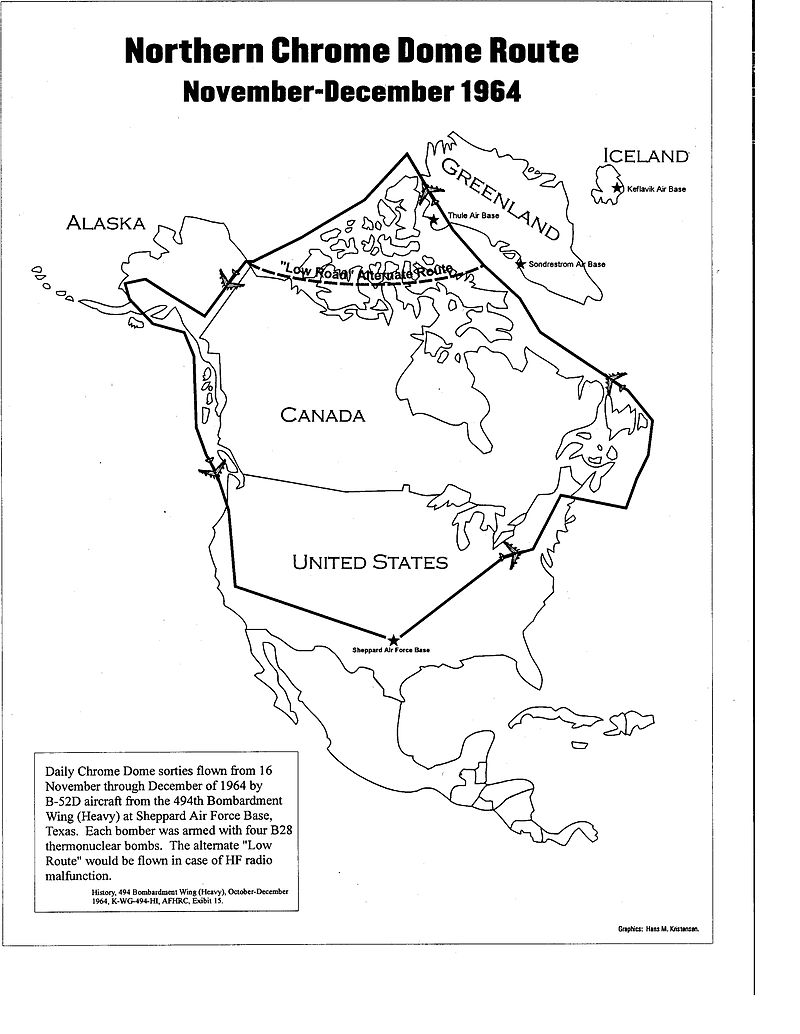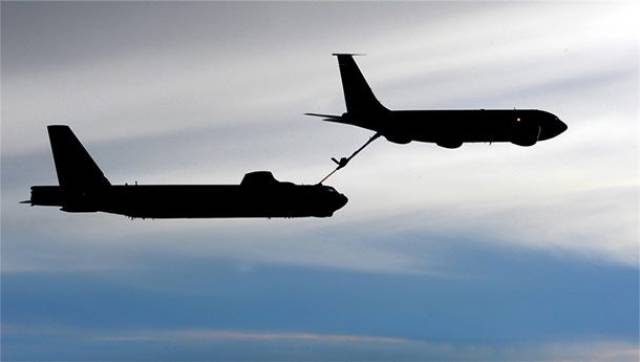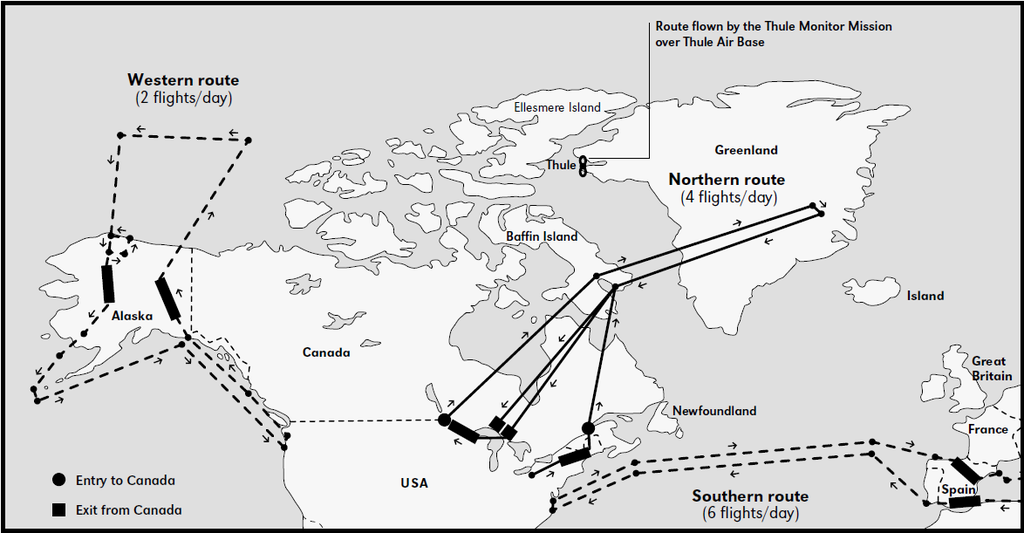To anyone under the age of 40, the Cold War must seem a strange and incomprehensible period. Many of us who lived through it, feel the same way.
The communist world emerging from the “Great War” comprised the former Czarist state of Russia alone, the 1924 constitution promising a “federation of peoples equal in rights”. Instead, the Soviet system delivered a murderous, top-down authoritarian ideology, best exemplified by the deliberate murder by starvation of millions of its own citizens in Ukraine, the Holodomor, under the guise of agricultural “collectivization”. Here, the Party controlled the state, the military, the press and the economy.
At their best, the western democracies of the “First World” operated on the basis of classical liberalism with two or more distinct political parties, a free press and rule of law.

In the wake of WW2, the two governing ideologies were irreconcilable, splitting the alliance which had once defeated Nazi Germany. The most destructive war in history had barely come to a close in 1946, when the Soviet state set itself to gobbling up the formerly non-communist states of eastern Europe. Former British Prime Minister Winston Churchill delivered the most famous oration of the era on March 5, declaring “From Stettin in the Baltic to Trieste in the Adriatic, an iron curtain has descended across the continent.” The leaders of non-communist parties were discredited and intimidated, subjected to show trials and even execution. Albania, Poland, Hungary, Czechoslovakia, Romania, East Germany: all were taken, often forcibly, into the Soviet embrace.
As the “Cold War” descended across the land, United States and allied nations of the “Western Bloc” sought to “contain” Soviet expansionism, extending military and financial aid to the western democracies and creating the North Atlantic Treaty Organization (NATO alliance). With the Soviet Berlin Blockade of 1948 – ’49, the US Air Force together with the RAF and Royal Australian Air Force delivered 2,333,478 tons of freight in nearly a third of a million sorties. Added together, the Berlin Airlift covered the better part of the distance from the Earth, to the Sun.
The United States’ monopoly on the most destructive weapon system in history came to an end on August 29, 1949, with the ‘RDS-1’ explosion at the Semipalatinsk test site in modern-day Kazakhstan. The Soviet Union had the atomic bomb.

Today, the anti-communist tactics of the House Un-American Activities Committee (HUAC) and Senator Joseph McCarthy are reviled as excessive, as indeed some of them were. Yet, the Top Secret cable decryption program known as Venona and declassified only in 1995, revealed extensive Soviet espionage activities at Los Alamos National Laboratories, the State Department, Treasury, Office of Strategic Services (OSS) and even the White House.
The 1950s were a time of escalating tensions and sometimes calamity: the war in Korea, the “Space Race”, the beginning of American intervention in Vietnam. The Cuban Revolution of 1959. The exodus from Soviet-controlled East Germany to the west resulted in a “brain drain” of some 20% of the population, culminating in the “Berlin Crisis” of 1961. First it was barbed wire and then a wall, complete with guard towers and mine fields. Nobody else was getting out.
In 1957 – ’58, both American and Soviet authorities planned in a show of force, to Nuke the Moon.
United States Air Force General and Strategic Air Command (SAC) commander General Thomas Sarsfield Power introduced Operation Chrome Dome, placing thermonuclear weapons on permanent air patrol to provide a rapid “first strike” or retaliatory “second strike” in the event of nuclear war.

Missions initially departed Sheppard Air Force Base in Texas and flew across the United States and over New England, refueling over the Atlantic before heading north toward Soviet air space. Three separate missions were being flown by 1966, one East over the Atlantic and the Mediterranean, another north to Baffin Bay, and the third over Alaska. 12 missions per day, 365 days a year.

The Department of Defense has a term for accidents involving nuclear weapons, warheads or components, which do not involve the immediate risk of nuclear war. They’re called “Broken Arrows“.
Broken Arrows include accidental or unexplained nuclear or non-nuclear detonation of an atomic weapon, the loss of such a weapon and the release of nuclear radiation resulting in public hazard, actual or potential. There have been 32 Broken Arrow incidents since 1950. As of this date, six nuclear weapons have been lost and never recovered.
Major “Kong” rides the bomb in the dark, 1964 comedy by Stanle Kubrick, “Dr. Strangelove or: How I Learned to Stop Worrying and Love the Bomb”
Five such incidents are associated with Operation Chrome Dome:
• On January 24, 1961, a B-52 Stratofortress carrying two Mark 39 nuclear weapons broke up in mid-air, dropping its payload in the area of Goldsboro, North Carolina. Five men bailed out and landed safely. One bailed out but did not survive the landing. Two more died in the crash.
• Two months later, a B-52 Stratofortress carrying two nuclear weapons departed Mather Air Force Base near Sacramento before experiencing uncontrolled decompression. Forced to fly at a lower altitude and unable to meet its refueling aircraft, the bomber ran out of gas and crashed outside of Yuba City, California. The air crew safely bailed out, but a fireman was killed and several injured in an accident, while en-route to the scene.
• In 1964, a B-52 Stratofortress carrying two Mark 53s was returning from Massachusetts to Georgia in heavy winter weather. Severe turbulence tore off a vertical stabilizer and the bomber crashed on the Stonewell Green farm, Near Meyersdale, Pennsylvania. Radar Bombardier Major Robert Townley was unable to bail out, and died in the crash. Navigator Major Robert Lee and tail gunner TSgt Melvin Wooten succumbed to injuries and hypothermia, on the ground. Only pilot Major Thomas McCormick and co-pilot Captain Parker Peedin, survived.
• On January 17, 1966, a B-52G bomber collided with a KC-135 tanker during mid-air refueling at 31,000-feet, over the Mediterranean. The tanker ignited, killing all four crew members. The bomber broke apart, killing three of seven.
• On January 21, 1968, a B-52 carrying four hydrogen bombs over Baffin Bay developed an uncontrolled cabin fire, forcing seven crew to bail out. Six ejected safely. Co-pilot Leonard Svitenko gave up his ejection seat when the third pilot took over, and sustained fatal head injuries while bailing out from a lower hatch. The bomber crashed on sea ice over 770-feet of water in North Star Bay in Greenland, a territory under Danish jurisdiction. Conventional explosives detonated in the crash, dispersing radioactive material, for miles.
For days, the only way to the crash site, was by dog sled. With average daytime temperatures of -25° and 80-MPH winds, “Project Crested Ice” was better known by those who were there as “Dr. Freezelove”. The cleanup involved 562 American and Danish personnel, removing twenty-seven 25,000-gallon containers of contaminated snow and ice.

The Thule Air Base accident became an international incident, resulting in termination of Operation Chrome Dome on January 22, 1968. From that day to this, the next thermonuclear war will have to start from the ground.
At the height of the Cold war, civil defense film character Bert the Turtle advised school children to “Duck and Cover”. Kids across the nation were shown this film, I was one of them. “Always remember“, says the narrator.,”the flash of an atomic bomb can come at any time, no matter where you may be“.
Probably explains a lot, about my generation.



I got to watch most of this from the safety of Brazil. Recently I had the pleasure of meeting one of the first Looking Glass crewmen. Those planes were equipped to remotely launch our Titan missiles in the event something were to incapacitate the ground crews. The nicest thing about nuclear warfare is that it is useful to blow up dictatorships and their fuehrerbunkers, but not useful against a lone individual. Without bunkers and bodyguards, there is nothing to protect dictators from their former victims.
LikeLiked by 1 person
The development of weapons useful against totalitarian governments yet infeasible for use against an individual probably saved us all from enslavement. No longer could politicians in leather chairs safely order us into trenches.
LikeLike
A reader of my share had a bit of info to share so I wanted to let you know. “The one that crashed in Pennsylvania was call sign Buzz 14. There’s an interesting documentary on Netflix about it. It was produced by the pilot’s grandson.
LikeLiked by 1 person
Thanks, Barbara. I’ll have to track that one down. I wrote a little more about these “Broken Arrow” incidents last march, if you’re interested. I hope I did the subject justice. https://todayinhistory.blog/2018/03/11/march-11-1958-carolina-nuked/
LikeLike
I think the advise was more to
make people think they were safe rather than any particular way of surviving a catastrophic strike. It reminds me of the film ‘Threads’ released in the U.K. In the 70s, that shook the nation when it came out. Realistically frightening, quite frankly if the bomb ever drops, I want in on my head!
LikeLike
That Bert the Turtle film reminded me how ubiquitous the Bomb was in those days, like you could open the wrong door, and there it was. The Mutually Assured Destruction (MAD) meme was about as apropos to the situation, as anything I’ve ever heard.
LikeLiked by 1 person
Definitely!
LikeLiked by 1 person
Reblogged this on Dave Loves History.
LikeLiked by 1 person
Thanks for the share, Dave.
LikeLiked by 1 person
In the late 70s, my sixth grade English teacher showed us the Bert the Turtle movie and would often play a recording of an air raid drill, forcing us to duck and cover under our desks.
At the time, I thought she was crazy, but I now think she was quite clever. You see, I am pretty sure that she used this as a means to get our attention or stop some shenanigans.
LikeLiked by 1 person
Sounds like it stuck as well or better than any other lesson learned in sixth grade.
LikeLiked by 1 person
You blog demonstrates a long standing interest in genealogy and family history. My wife and I have embarked on that journey, just over the last few weeks. What a fascinating exercise.
LikeLiked by 1 person
My spouse equates my 20+ year genealogical career as an obsession (or worse, an addiction). Respectfully, I must disagree.
Researching family history and discovering “lost” ancestors is similar to riding a roller coaster. There are many ups and downs with moments of sheer exhilaration and others that make you feel quite queasy. (Trust me when I say that family secrets are not always easy to uncover.)
Despite the highs and lows, genealogy is a wild ride. And no matter how many times I jump on, I am always eager to go again.
Best wishes to you and your wife on your own genealogical adventures!
LikeLiked by 1 person
My Dad, without a doubt, is the source of my own “history geek” gene. He was able to indulge that interest quite a bit after his retirement, and became something of a family historian. I’m sorry to say we lost him this year, but he gave us all a good start. We’ve already shaken a few “bananas” out of the family tree…
LikeLiked by 1 person
I was born in 67 and I remember in the 70s and 80s the teachers explaining in school what to do if that happened and where to go…The high school I attended in the eighties had a huge a bomb shelter…it was built in 1970…now they use it for storage.
LikeLike
Did you watch the “Duck & Cover” vid, Max? They shot it in ’51, I remember watching it in 1st grade in ’63 or ’64. Even then, I thought I had found myself on the wrong side of a funhouse mirror. The thing is nine minutes long but a real insight into life in those days.
LikeLiked by 2 people
No we never saw any films on that…It was just teachers explaining what would happen… radiation fallout ect…
I’ve tried to explain to my son…how it was like. Did we think about it every day? No but it was always in the back of your mind. Knowing that everything could be gone in a snap.
You had it much worse because of the time you grew up in…I can’t imagine what it was like through the Cuban Missile Crisis.
LikeLiked by 1 person
I was in Savannah in those days. I don’t why but we had sonic booms it seem, several times a week. I remember the pressure wave, and the way the china would rattle, in the cabinet. Even for a kid, it gave the international situation a real sense of immediacy.
LikeLiked by 1 person
That made it real and tangible really quick.
LikeLike